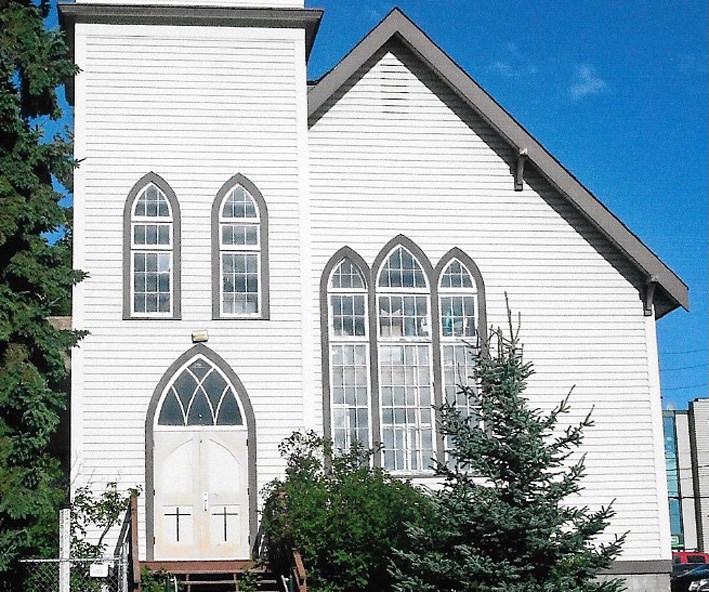The Prince George Heritage Commission is seeking city council's approval to add three buildings and some elm trees to the city's heritage register.
On Monday, city council will debate whether to add Knox United Church (1448 Fifth Ave.), Taylor house (1872 10th St.) and Quinson elementary school (151 South Ogilvie St.) to the register. In addition, the commission is recommending the elm trees along Vancouver Street between Fourth Avenue and 10th Avenue, and those lining the boulevards on Dogwood and Elm Streets between 15th Avenue and 17th Avenue, be added to the register.
"Municipalities cannot reject applications to alter or demolish buildings based solely on the fact that those buildings are on the heritage register," commission chairperson Caroline Ross wrote in her report to city council. "The intent of a heritage register is to develop a formal listing of properties with heritage value. The heritage register allows the city to flag properties so that they can advise property owners about the historical value of their property and to allow the city to monitor alterations to heritage buildings."
The heritage register is the lowest level of heritage protection under the provincial Local Government Act. Higher levels of protection, such as designating a heritage conservation area, entering heritage covenants or agreements, or a formal heritage designation can put legal restrictions of the use and modification of a heritage property.
"The Local Government Act does not require the property owner's permission in order to add a property to the heritage register," Ross wrote. "However, (city) administration and (heritage) commission members consulted with property owners and are only recommending adding properties in cases where the property owner was in agreement with having their property listed on the heritage register."
The commission included a statement of significance for each of the proposed additions to the register:
Knox United Church opened in November 1922 and is the only remaining example of a Gothic revival-style church in the city. It is also one of only two remaining building designed by South Fort George architect Henry Wilson who arrived in the area in 1913. The church amalgamated with St. Andrew's, forming Trinity United Church, at the end of 2017. The building continues to be open, housing a daycare and hosting meetings.
Taylor house was built in 1920, and the 1-1/2 story eastern cottage-style house was home to two of the city's early mayors: Fred D. Taylor and Harry G. Perry. Both Taylor and Perry were local business owners, and Perry served as MLA for Prince George and was the long-time editor of the Prince George Citizen.
Quinson elementary school was completed in 1965, and was the first school build in the city to depart from the stand classroom designs issued by the province. The school features pentagonal classrooms and a hexagonal gymnasium.
The Vancouver Street elm trees were planted by the Prince George Rotary Club in 1949 as a downtown beautification project. Mountain ash and American elm trees were planted on the west side of the street, but most of the ash trees have since died.
The boulevards along Dogwood and Elm Streets were planted with American elms as part of a 50-home federal veterans housing program launched in 1947.
Currently, the city's heritage register includes the South Fort George school house (755 20th Ave.), Sixth Avenue liquor store (1188 Sixth Ave.), federal government building (1293 Third Ave.), the Munro/Moffat house (153 Moffat St.), Pitman house (2387 McBride Cres.) and the Nechako crossing west of the confluence of the Nechako and Fraser rivers.



